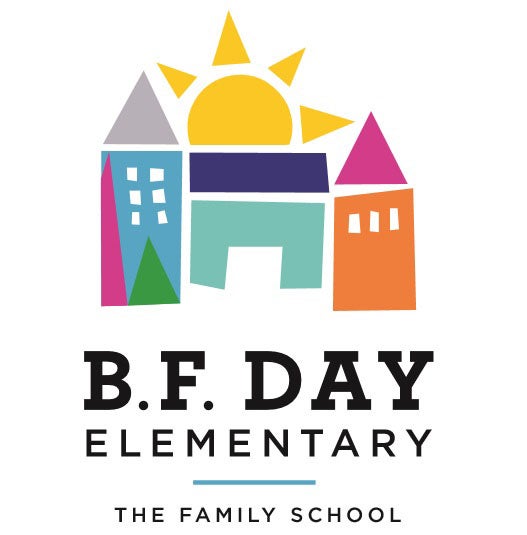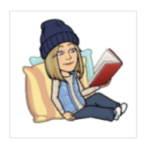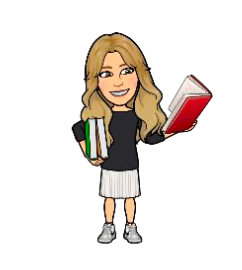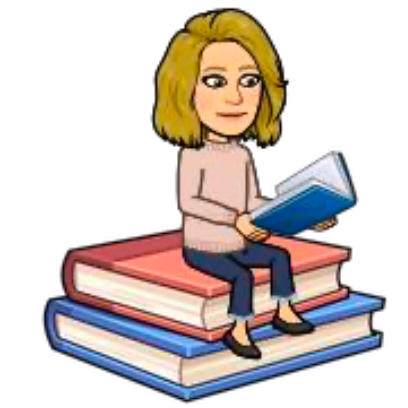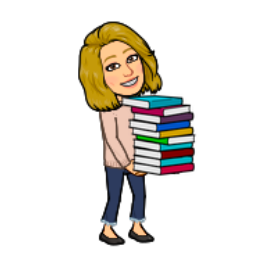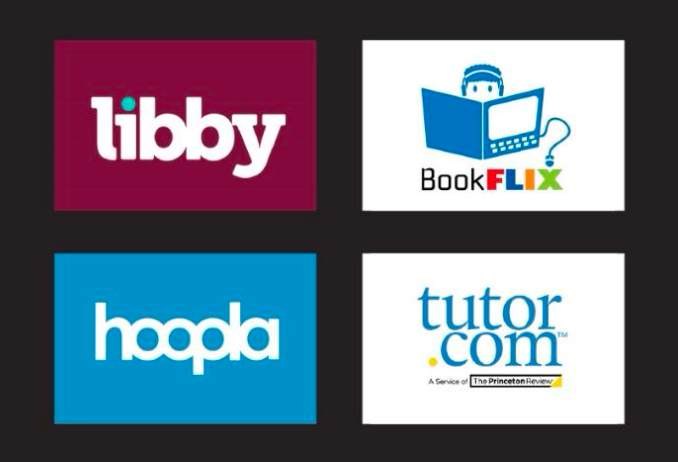Library
About our B.F. Day Library
Welcome to the B.F. Day Library!
From Ms. P: Welcome! I’m Jaimee Papineau, also known as “Mrs. P.,” and I’m excited to start my 14th year here as your Reading Support Teacher and Librarian. The library is a place for us to learn more about ourselves and others, and I can’t wait to share my love of learning and reading with everyone. To help your child have a successful year, please set up a consistent spot at home for their library books and remind them to return them each week. Reading at home is a great way to connect with your child and build strong literacy skills, so thank you for your support!
The library is a place to learn more about ourselves, grow in our empathy for others, and expand our ability to be critical and informed thinkers. I can’t wait to share my enthusiasm for learning and reading with our students. My goal is to help nurture truly joyful and lifelong readers! At the beginning of the school year will spend time reviewing library and book care rules and enjoying our first story of the year together. Part of being a responsible library user is setting up positive habits from the start. Thank you for helping your child find a consistent place in your home to keep library books and offering reminders to return them each week! Reading at home is one of the MOST important ways you can connect with your child while also building strong foundational literacy skills. Thank you for cheering them on!
Notes From The Library!
Winter Break Marshmallow Reading Challenge
Cozy up for some Winter Break reading and keep those reading muscles strong! How many marshmallows can you add to your hot chocolate this winter break?
How to play:
- Decide how many minutes you will read a day between December 20 and January 5.
- Each day you meet your goal, write the number of minutes and the date in a marshmallow. (What counts as reading? Read to yourself, listen to an audiobook, read with a grownup, being read to).
- Have a grownup in your family sign your reading sheet.
- Return your sheet by Friday, January 9 (forms/sheets are in the Library or see details below) for an invitation to Mrs. P.’s Morning Hot Cocoa Party during January. You need to read at least 12 days to meet your goal.
Details For Reading Challenge Form/Sheet
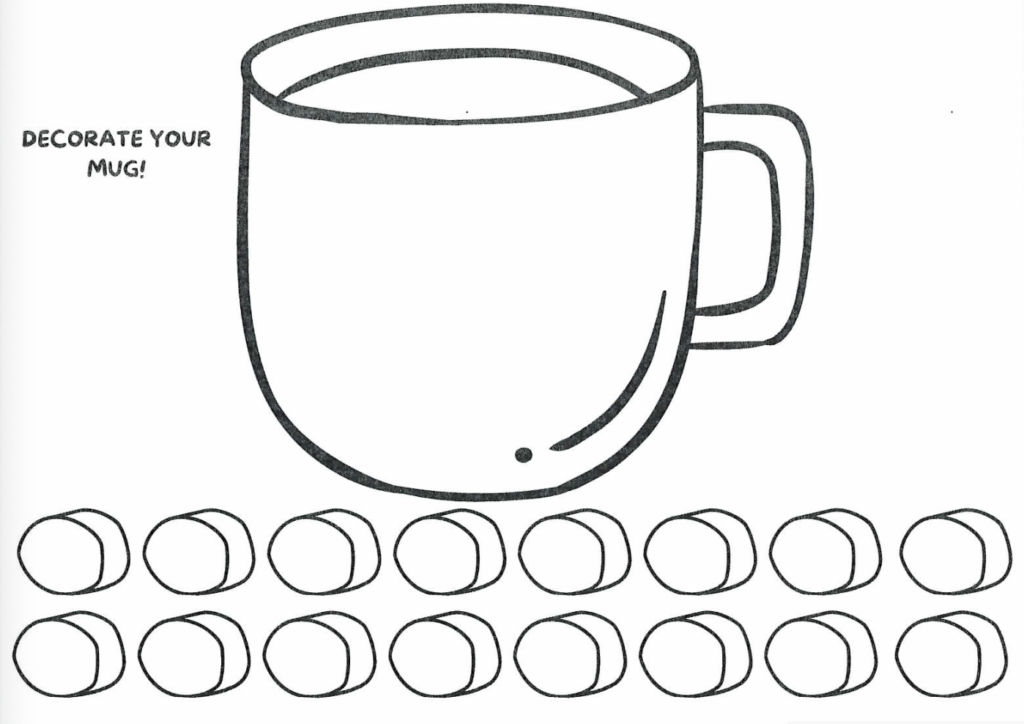
I will read at least: ——- minutes (minimum of 20) a day
Your Name:
Parent Name:
Your reader can bring their form/sheet to the office OR email the sheet to: jlpapineau@seattleschools.org with Hot Chocolate in the subject by Friday, January 9, 2026.
Global Reading Challenge: Grades 4 & 5
The Global Reading Challenge is a reading incentive program for 4th and 5th graders enrolled in Seattle Public Schools. Students form teams, read selected books, then take part in a trivia competition. This is such a great opportunity for our readers.
Some of the benefits include:
- Promoting a love of reading
- Introducing students to a wide variety of literature, perspectives, and voices
- Encouraging kids to participate in a team activity
This year, we have 10 (yes you read that right!), teams going on a Global Reading Challenge adventure. We will practice trivia questions in the months of December-February to prepare for B.F. Day’s competition. The winner from B.F. Day moves on to the semi-finals downtown! Learn more about the program or this year’s books on the SPL site!
Volunteers Needed
We would LOVE to have some parent volunteers join us to practice quiz questions with the readers. Come join us on your lunch break and be inspired! Volunteer Sign Up Details.
Featured Library News
B.F. Day Summer Reading & Resources.
Picking Out Books Q & A For Parents
Q: How do I help my emerging reader pick out books for practice, either at the library or the bookstore?
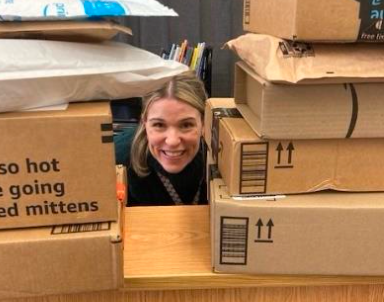
A: Did you know reading levels were actually created for teachers, not students? Each level corresponds with a skill set students need to read and comprehend the text. Many publishing companies try to put levels on their books with their own system of numbers and letters. Recently, with a greater focus on the science of reading and how students learn to read, companies are better aligning the text in the book to actual phonetic skills (aka, if you know short vowels and CVC words this book is a “good fit”), but it can all be very confusing!
There is a quick, easy way to match your child to a book called “The Five Finger Rule” from Scholastics Books. Here’s how it works: Your child opens a book to the first page. They read the page and hold up one finger for every word they don’t know or can’t pronounce.
The number of fingers they’re holding up by the end of the page tells them if the book is the right level:
- 0-1 fingers: It’s too easy.
- 2-3 fingers: It’s just right.
- 4-5 fingers: It’s too hard (or best read aloud with a buddy).
Two to three fingers is the sweet spot. If they’re holding up any more or less, that’s a clue that they should try to find another book if they’re reading independently. Clearly, this is a very simplified method, but at least it gives you a place to start.
Helpful Library Resources
As of December 21, 2025
